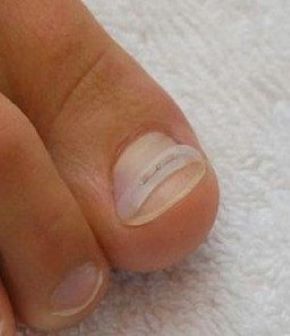Bursitis and tendinitis are conditions that are also known as soft tissue rheumatic syndromes. A syndrome is a group of signs and symptoms that occur together and indicate a particular problem. This type of syndrome produces pain, swelling, or inflammation in the tissues and structures around a joint, such as the tendons, ligaments, bursae, and muscles.
Because the structures affected by soft tissue rheumatic syndromes are near joints, pain in these areas may be mistaken for arthritis. The difference between arthritis and bursitis and tendinits is the source of the inflamation. Arthritis is inflammation in the joint itself, whereas bursitis, tendinitis and other soft tissue rheumatic syndromes involve inflammation in the tissues and structures around a joint.
Immediate Medical Attention
If fever, chills, persistent redness, or swelling occur in a person with a soft tissue rheumatic syndrome, the person should see a doctor immediately to rule out infection.
Symptoms
Soft tissue rheumatic syndromes may affect the areas around the joints of the shoulders, chest elbows, wrists fingers, hips, back, knees, ankles, and feet.
Pain is the main symptom of soft tissue rheumatic syndromes. Because the structures affected are located near the joint, moving the joint can be extremely painful and may be extremely difficult.
Some conditions may cause redness, warmth, or swelling in the affected area. Specific symptoms and causes depend on which areas are affected.
Most of these conditions occur suddenly, may last for days, weeks, or longer, and then go away. They can occur again in the same place or in other parts of the body. Many of the syndromes go away on their own time.






